Bronze-winged Courser
Posted: Fri Mar 15, 2013 11:22 pm
303. Bronze-winged Courser Rhinoptilus chalcopterus (Bronsvlerkdrawwertjie)
Order: Charadriiformes. Family: Glareolidae
Description
Size medium, length about 25 cm; ploverlike, but longer-legged; bold facial pattern of brown and white diagnostic; upperparts and breast dull brown; breastband dark brown; belly white; legs red (pale whitish or yellowish in other coursers); in flight white wingbar, white rump and black tail conspicuous; underwing white. Iris brown; eyering purplish red; bill black, base purplish red; legs and feet dull red.
Juvenile: Faintly mottled rufous above.
Distribution
Occupies much of sub-Saharan Africa, largely excluding the lowland forest of the DRC and west Africa. Within southern Africa it is generally uncommon in northern Namibia, Botswana, Zimbabwe, north-central and southern Mozambique and north-eastern South Africa.
Habitat
It generally prefers Mopane (Colosphermum mopane) woodland with patches of open ground, as well as Okavango woodland and arid savanna.
Movements and migrations
It has a fairly large resident breeding population (breeding from July-December), which is supplemented by an influx of post-breeding migrants originating from the north, staying from November to about May-June.
Diet
Its diet probably consists of mainly insects, although it has hardly been studied. It is nocturnal, often sighted foraging along gravel roads.
Breeding
Likely to be a monogamous solitary nester, probably with a long pair bond. It often lays its eggs on bare ground (such as gravel patches in woodland), although it may also dig a simple scrape in the ground or use a natural depression, sometimes with a rim of twigs and clay. Egg-laying season is from July-December, peaking from October-November. The female lays 2-3, usually two eggs, which are incubated by both sexes for about 25-27 days in shifts of 70-120 minutes. The chicks are well camouflaged for burnt ground (as seen in the photo above) and are defended vigorously by their parents, who often feign injury to distract predators.
Call
Piping ji-ku-it.
Status
Uncommon visitor and resident.
Order: Charadriiformes. Family: Glareolidae
Description
Size medium, length about 25 cm; ploverlike, but longer-legged; bold facial pattern of brown and white diagnostic; upperparts and breast dull brown; breastband dark brown; belly white; legs red (pale whitish or yellowish in other coursers); in flight white wingbar, white rump and black tail conspicuous; underwing white. Iris brown; eyering purplish red; bill black, base purplish red; legs and feet dull red.
Juvenile: Faintly mottled rufous above.
Distribution
Occupies much of sub-Saharan Africa, largely excluding the lowland forest of the DRC and west Africa. Within southern Africa it is generally uncommon in northern Namibia, Botswana, Zimbabwe, north-central and southern Mozambique and north-eastern South Africa.
Habitat
It generally prefers Mopane (Colosphermum mopane) woodland with patches of open ground, as well as Okavango woodland and arid savanna.
Movements and migrations
It has a fairly large resident breeding population (breeding from July-December), which is supplemented by an influx of post-breeding migrants originating from the north, staying from November to about May-June.
Diet
Its diet probably consists of mainly insects, although it has hardly been studied. It is nocturnal, often sighted foraging along gravel roads.
Breeding
Likely to be a monogamous solitary nester, probably with a long pair bond. It often lays its eggs on bare ground (such as gravel patches in woodland), although it may also dig a simple scrape in the ground or use a natural depression, sometimes with a rim of twigs and clay. Egg-laying season is from July-December, peaking from October-November. The female lays 2-3, usually two eggs, which are incubated by both sexes for about 25-27 days in shifts of 70-120 minutes. The chicks are well camouflaged for burnt ground (as seen in the photo above) and are defended vigorously by their parents, who often feign injury to distract predators.
Call
Piping ji-ku-it.
Status
Uncommon visitor and resident.
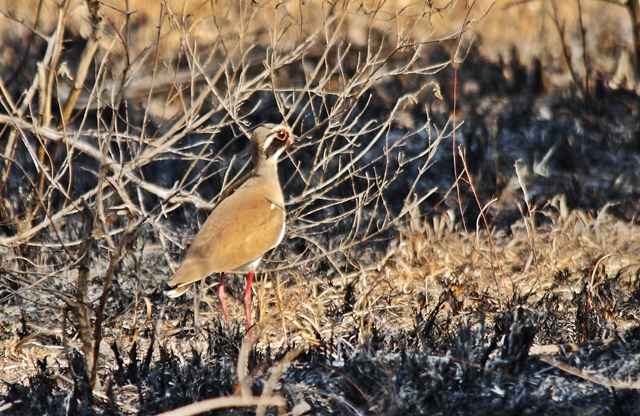 © Flutterby
© Flutterby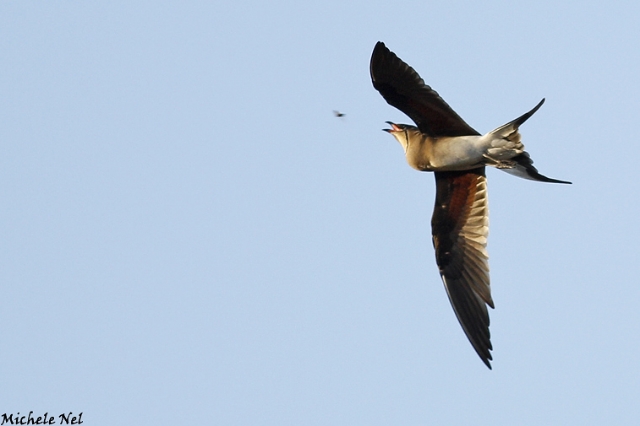 © Michele Nel
© Michele Nel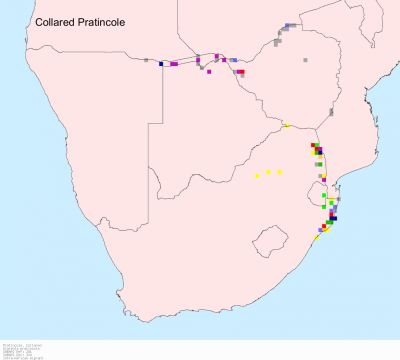
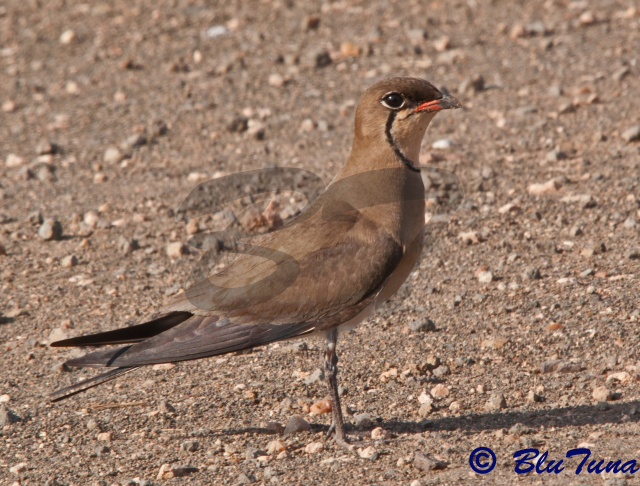 © BluTuna
© BluTuna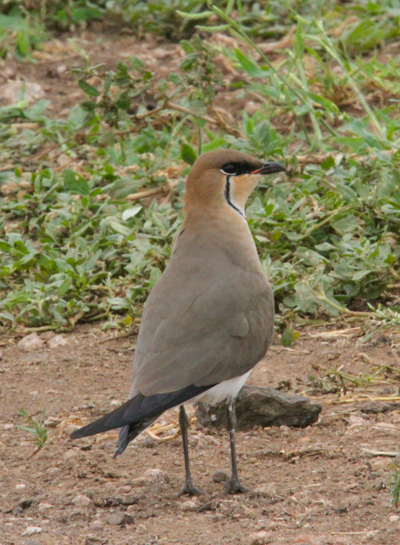 © Super Mongoose
© Super Mongoose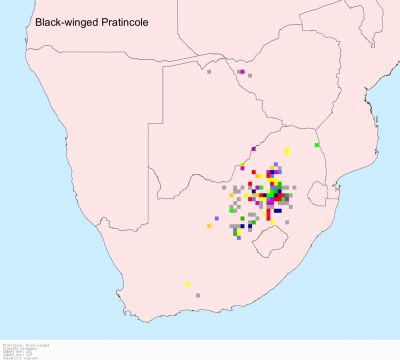
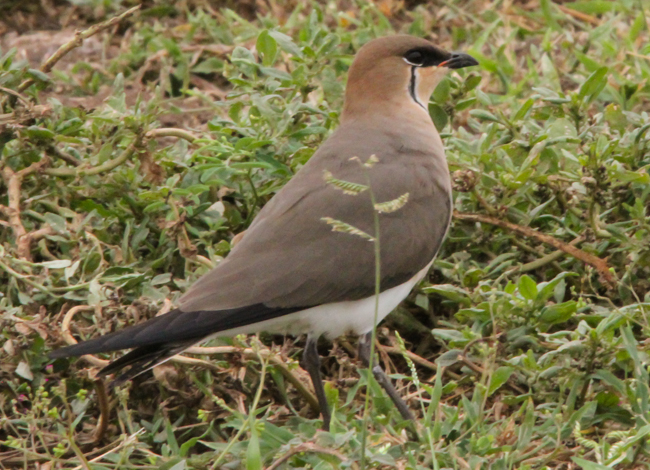 © Super Mongoose
© Super Mongoose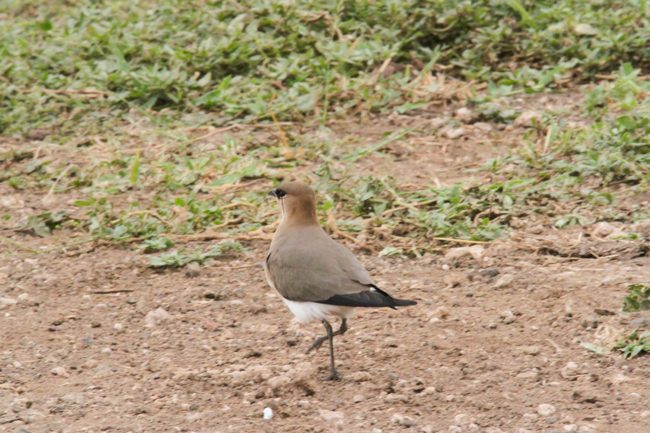 © Super Mongoose
© Super Mongoose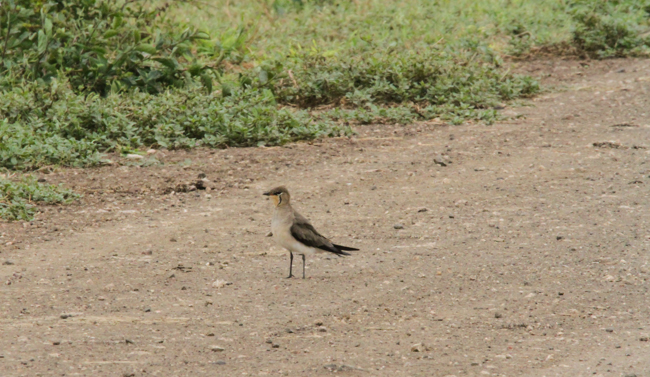 © Super Mongoose
© Super Mongoose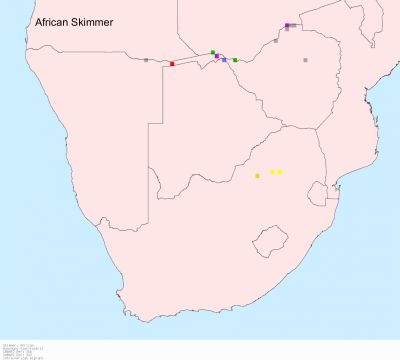
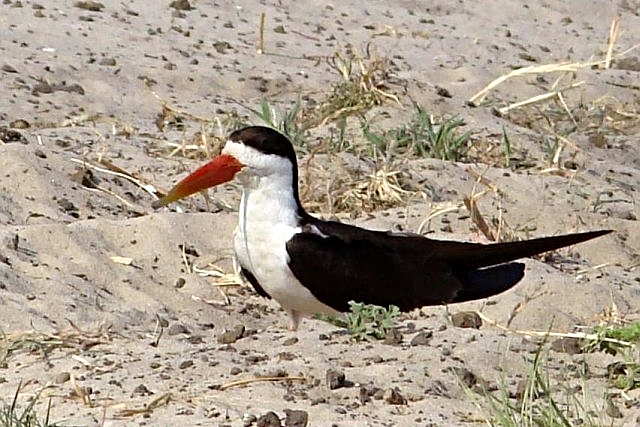 © Toko
© Toko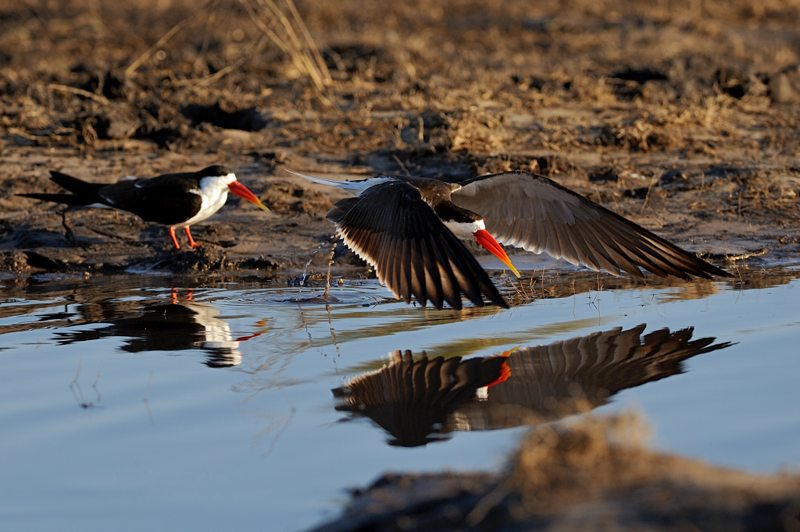 © Dewi
© Dewi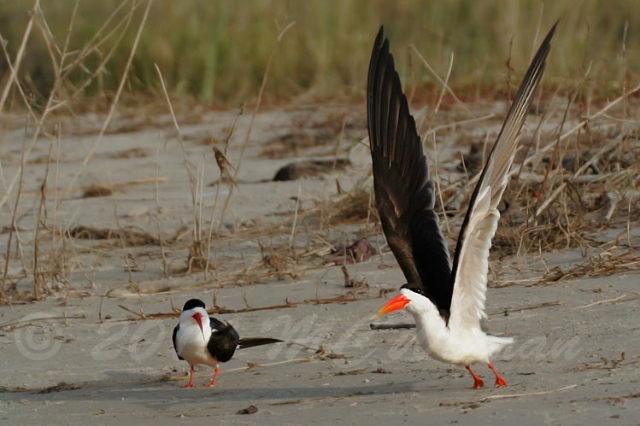 © Moshi Monster
© Moshi Monster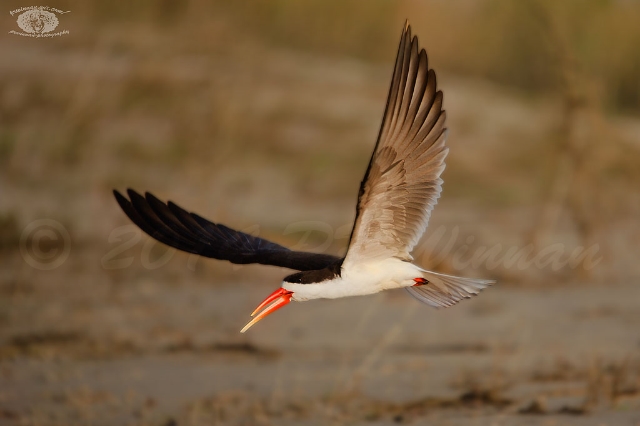 © PRWIN
© PRWIN